We saw a lot of technological advancements in the 1920s, and this caused many people to question what life would look like in a hundred years. While some ideas might have been pretty accurate, many were also completely off. Here’s a list of what people in the 1920s thought life would be like today.
Flying Cars Everywhere
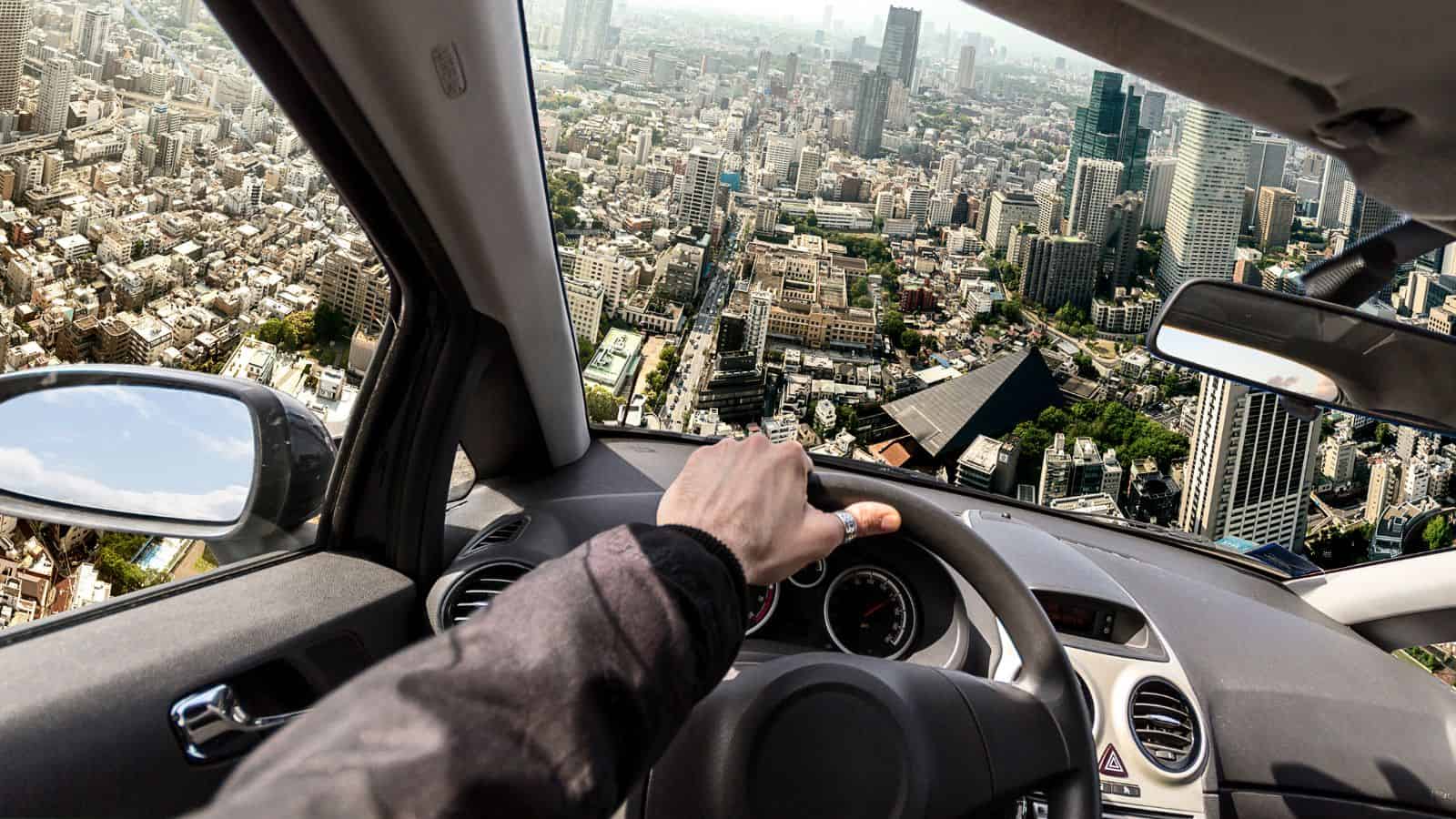
Let’s start with one of the most iconic predictions, flying cars. One of the most popular ideas in the 1920s was that cars would take to the skies by now. People imagined traffic jams moving vertically, with personal flying machines zipping through the air.
These vehicles were often depicted as hybrids of airplanes and automobiles, with foldable wings and propellers.
Domed Cities
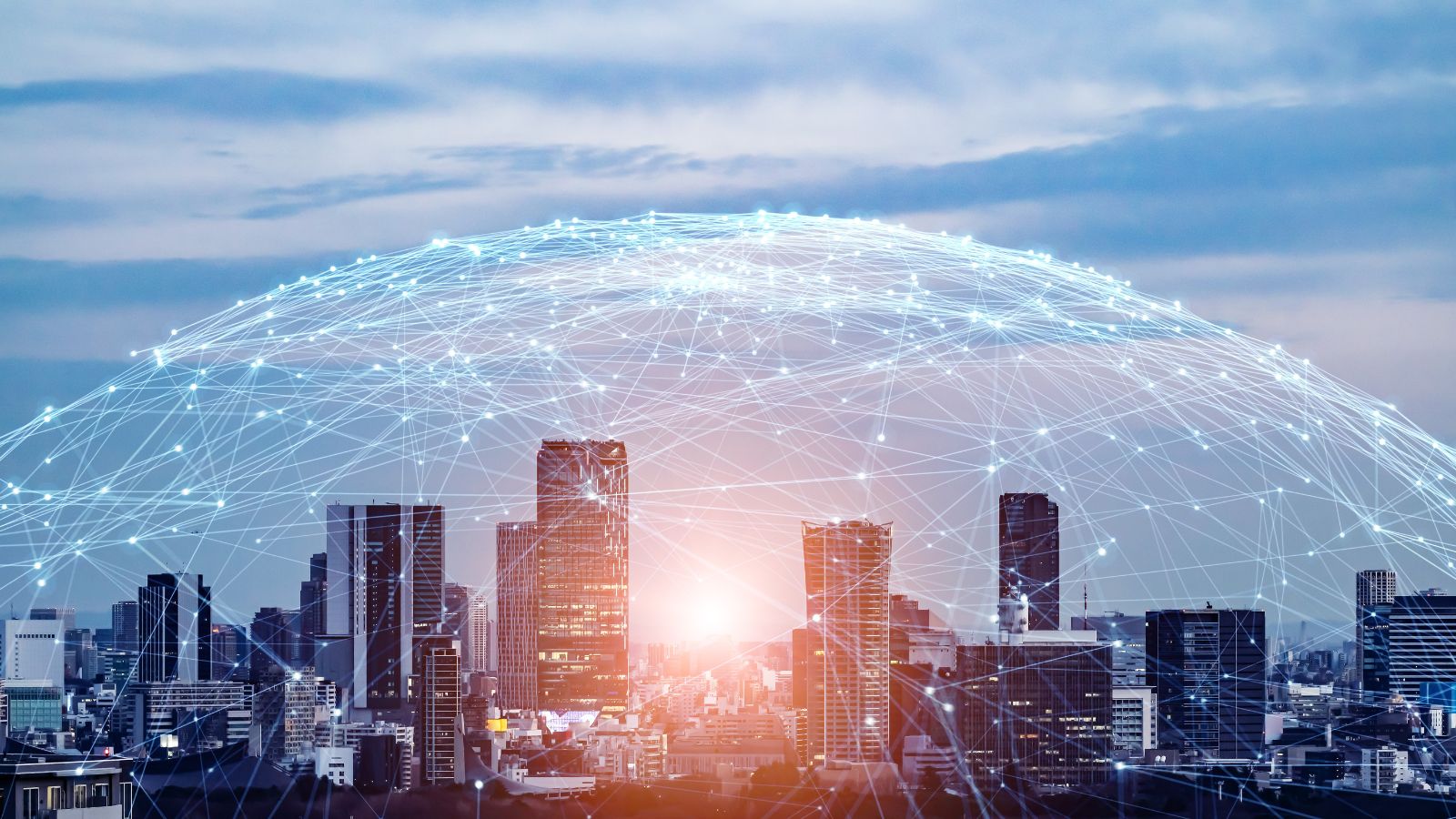
Another fascinating prediction from the 1920s was the idea of domed cities. Many people believed that by 2025, entire urban centers would be enclosed in massive glass domes. This concept stemmed from concerns about pollution, weather, and overpopulation, with domes providing controlled, ideal living conditions.
Homes That Clean Themselves

Here’s an idea everyone can get behind, homes that clean themselves. In the 1920s, people predicted that by 2025, housework would be entirely automated. They imagined robotic cleaning systems, furniture that maintained itself, and appliances that worked on autopilot.
While we don’t have fully self-cleaning homes, we’ve come close with robotic vacuum cleaners, automated dishwashers, and smart appliances.
Meals in Pill Form

Without a doubt, the idea of food in pill form completely fascinated people in the 1920s. People believed that by 2025, traditional meals would be replaced by small, nutrient-packed tablets. This futuristic vision was all about saving time and eliminating the hassle of cooking and eating.
Personal Robots
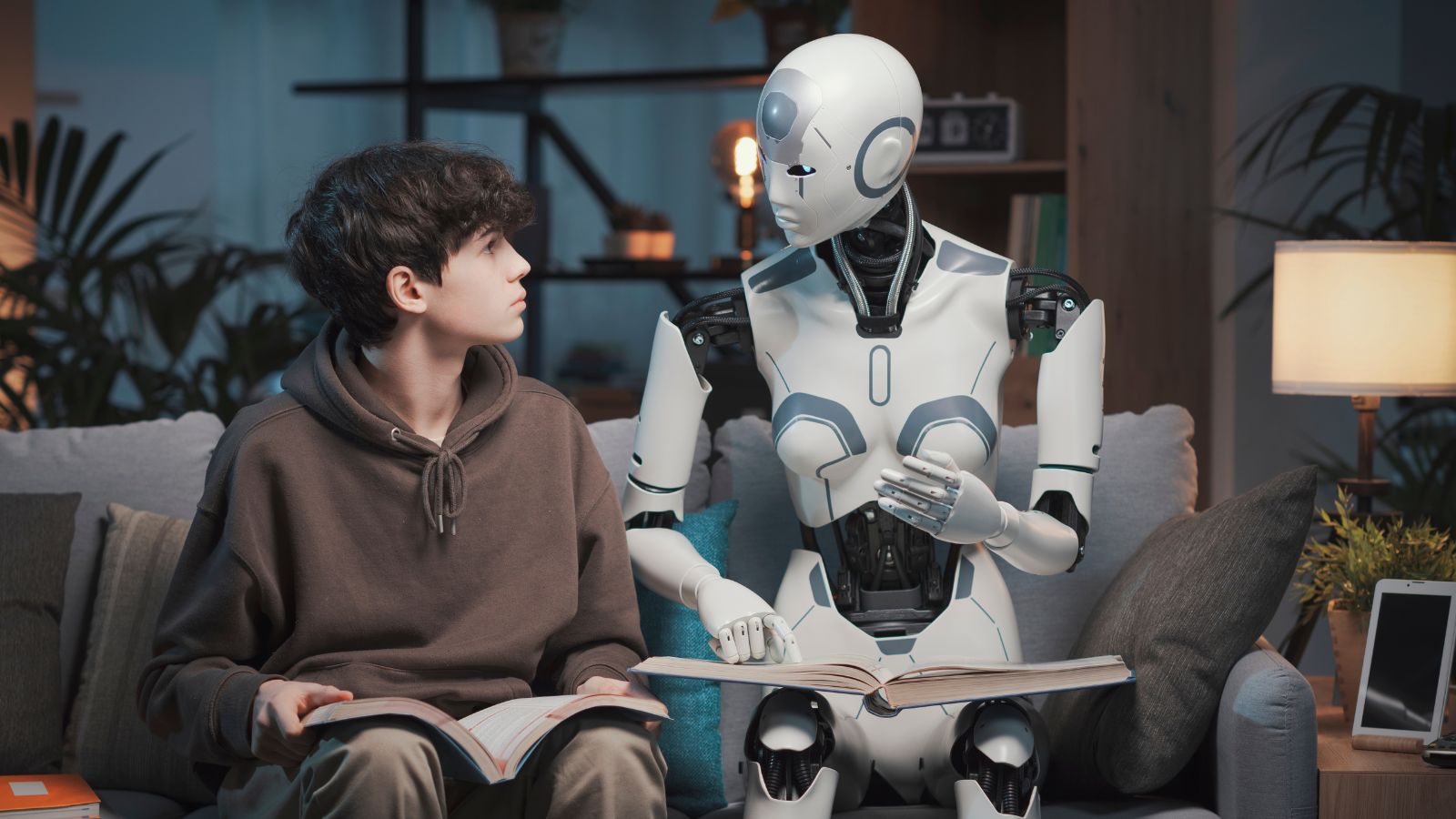
Let’s not forget the 1920s’ prediction of personal robot assistants. They dreamed of mechanical servants capable of cleaning, cooking, and even offering companionship. These robots were imagined as humanoid machines integrated into daily life. Today’s robots aren’t as advanced as those visions, but we do have specialized helpers like Roombas, robotic arms in factories, and AI-powered virtual assistants.
Cities in the Sky
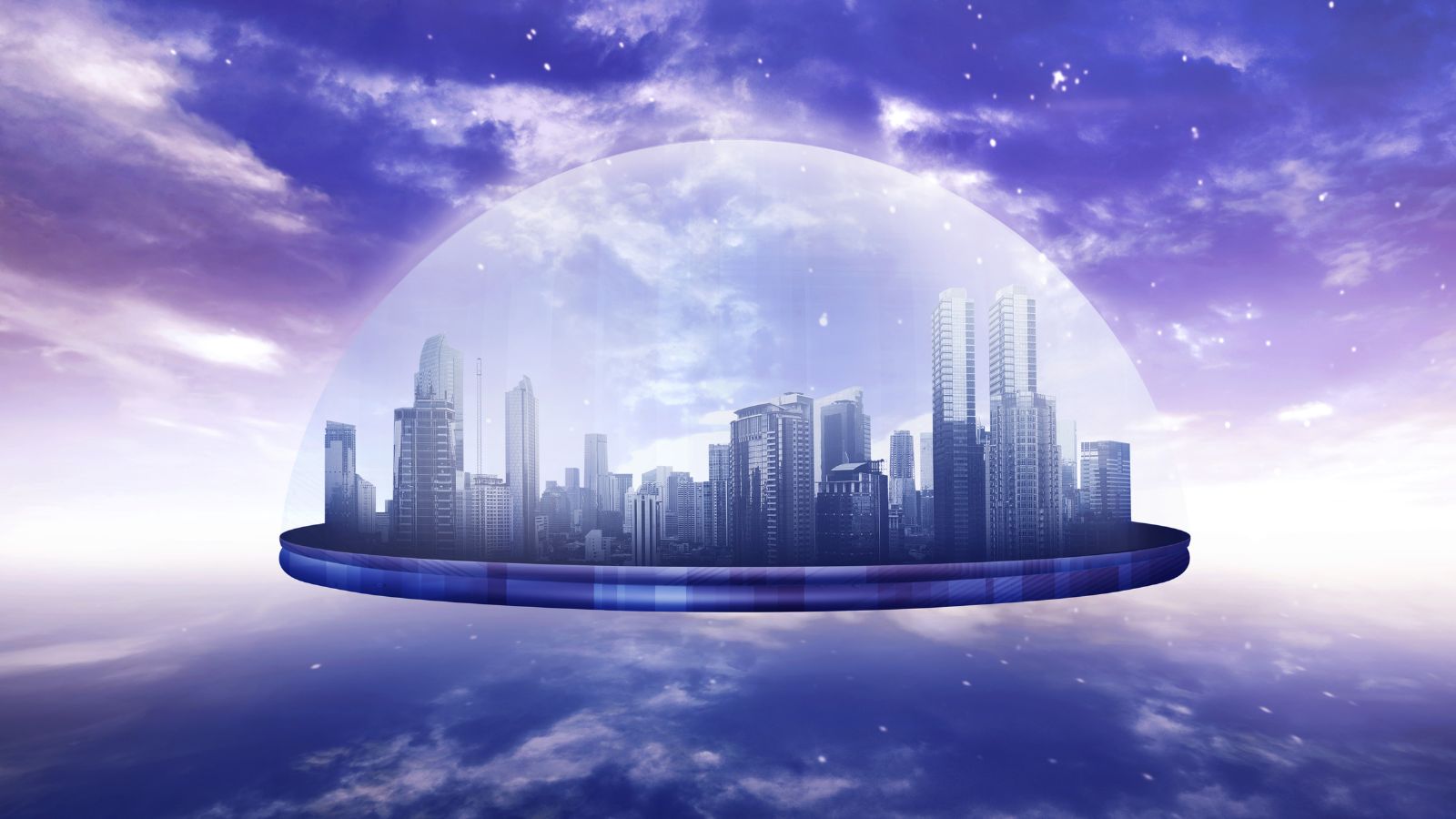
Here’s one that sounds straight out of science fiction: cities in the sky. Futurists in the 1920s envisioned towering skyscrapers connected by air bridges, with entire metropolises suspended above the ground. They imagined platforms for flying cars and blimps, with the skies buzzing with activity.
Clothes That Change Themselves
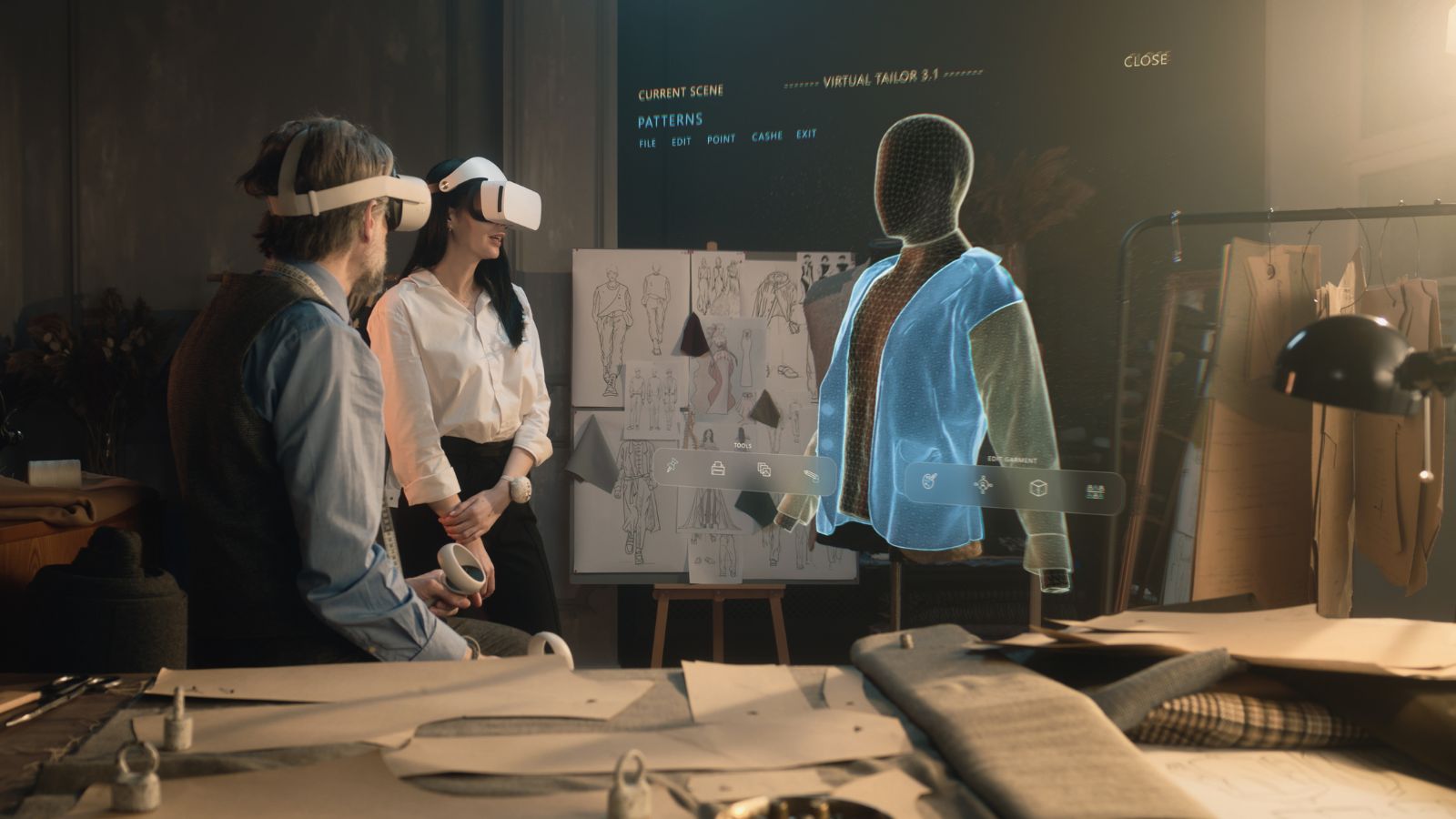
Now let’s talk about fashion. In the 1920s, people predicted that by 2025, clothing would be smart enough to adapt to the wearer’s needs. They imagined garments that could change colors, styles, or even temperatures at the push of a button.
The futuristic fashion world imagined by the 1920s may still be a work in progress, but the seeds of those ideas are becoming more visible today.
Underwater Cities
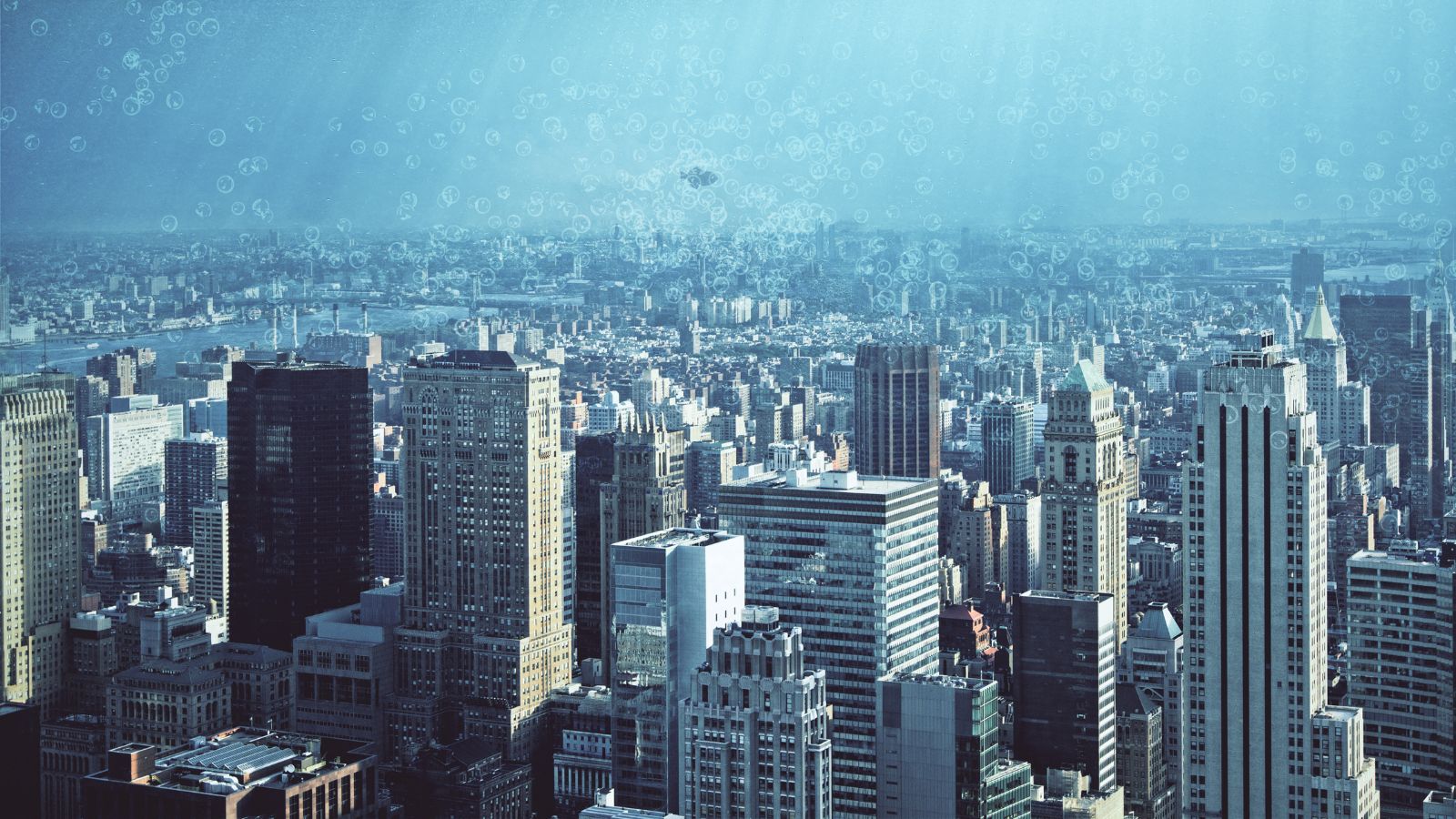
Another bold prediction from the 1920s was the concept of underwater cities. With the oceans largely unexplored, people dreamed of entire civilizations living beneath the waves by 2025. While we haven’t achieved this level of undersea living, modern experiments like the Aquarius Reef Base and underwater hotel designs show that the idea hasn’t completely disappeared.
Weather Control
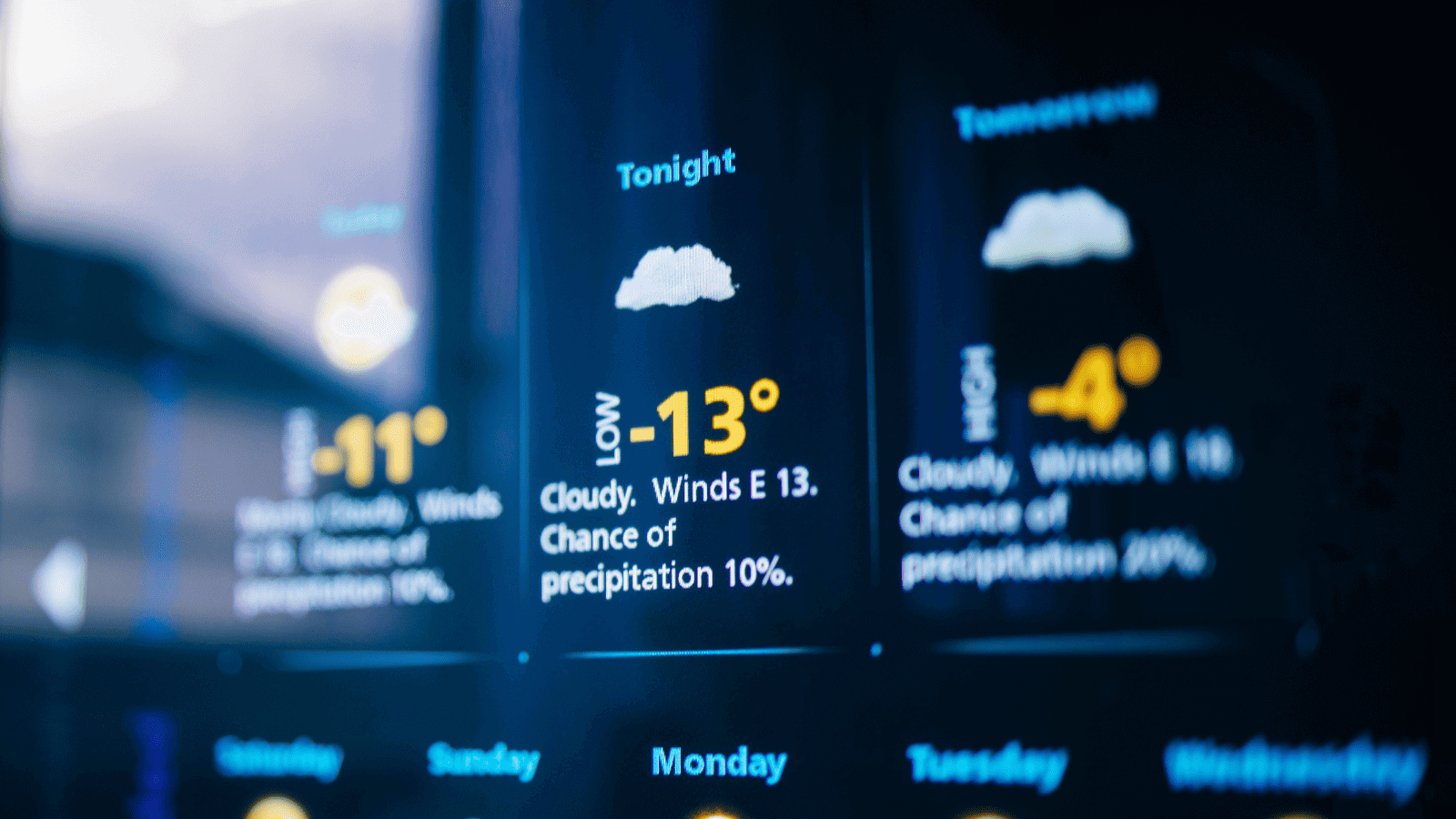
A big idea was weather control. People in the 1920s believed that by 2025, humanity would have mastered the ability to control the weather. Machines would be able to end droughts, prevent hurricanes, and even make it rain on command. We have developed techniques like cloud seeding to influence precipitation, but large-scale weather control remains beyond our reach.
Instant Communication via Video
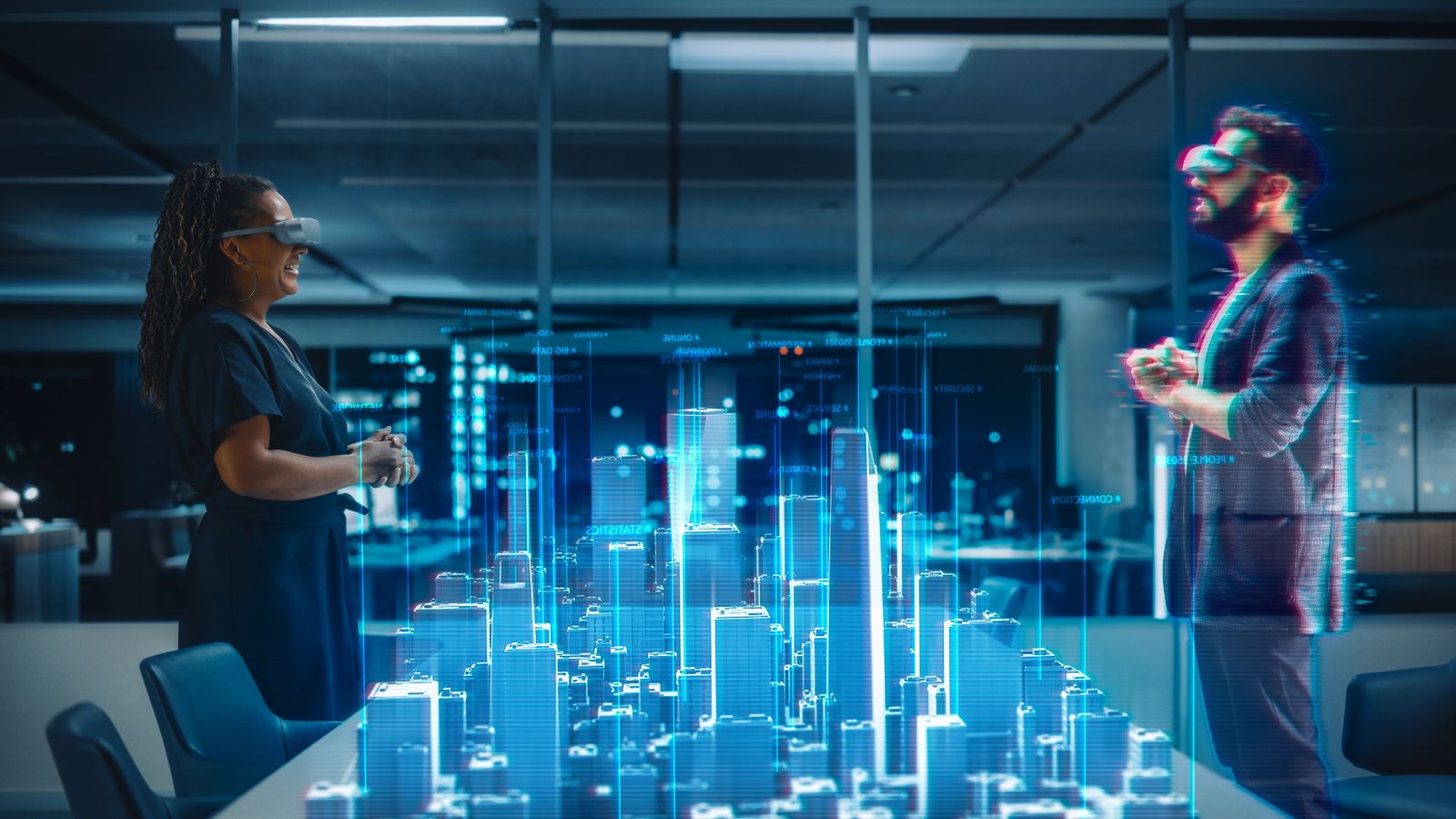
Let’s give credit where it’s due, instant video communication was one prediction the 1920s got right. They imagined a world where people could see and hear each other in real-time, no matter the distance.
In 2025, video calls via Zoom, FaceTime, and similar platforms are a normal part of life. What once seemed like a marvel of science fiction is now so commonplace that we hardly think about it.
Moving Sidewalks

You might find this one interesting but futurists in the 1920s imagined cities full of moving sidewalks that would eliminate the need to walk long distances. These conveyor belts were depicted as part of a sleek, futuristic urban landscape where convenience reigned supreme. Moving sidewalks do exist today, but they’re mostly limited to airports and a few public spaces.
Space Colonies
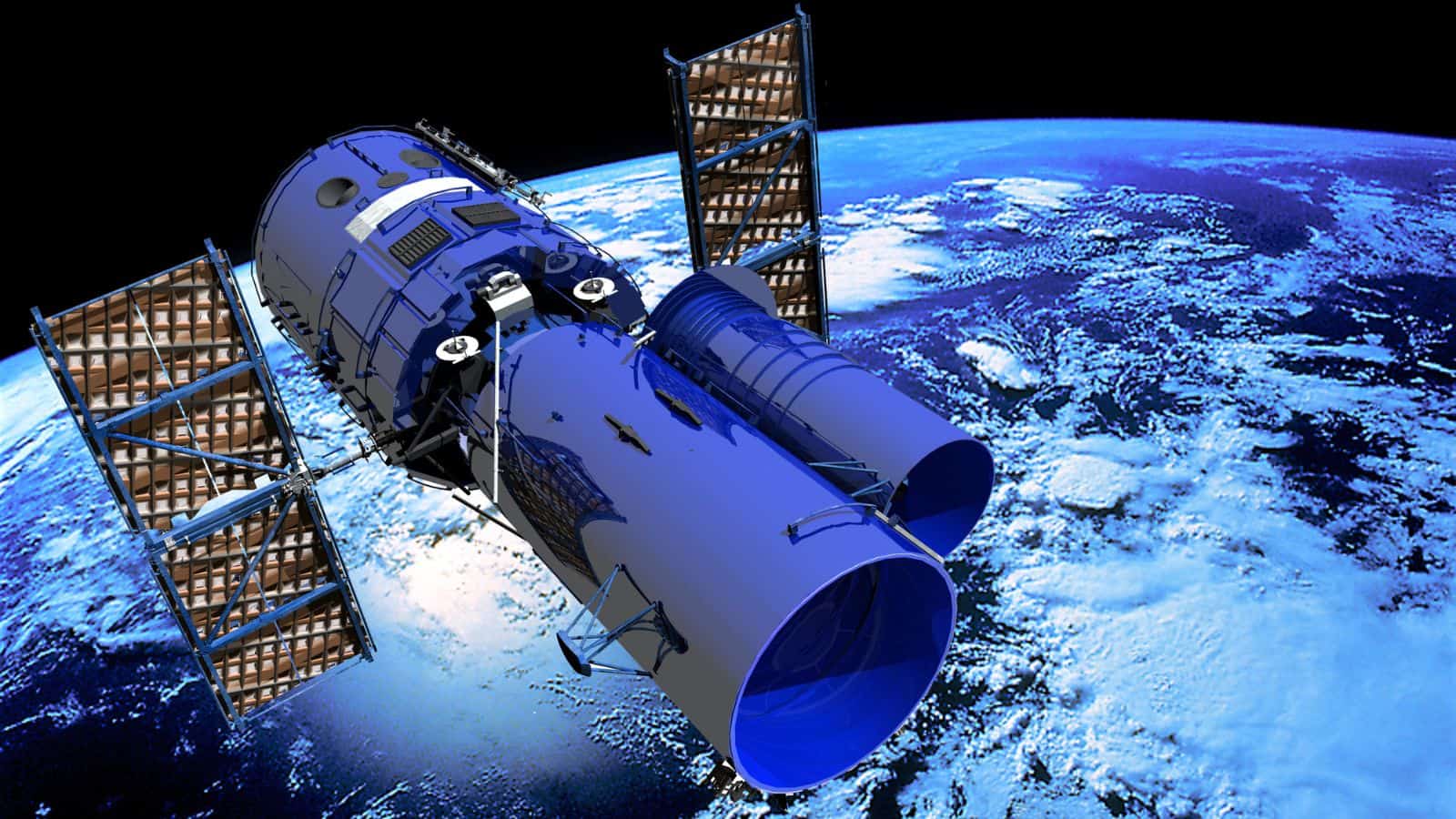
A prediction that still captures our imaginations is colonizing space. The 1920s were filled with optimism about humanity’s potential to settle other planets by 2025. They dreamed of permanent colonies on the Moon, Mars, and beyond, complete with self-sustaining ecosystems. True colonization remains a work in progress, but space companies are bringing us closer to these goals.
Hoverboards
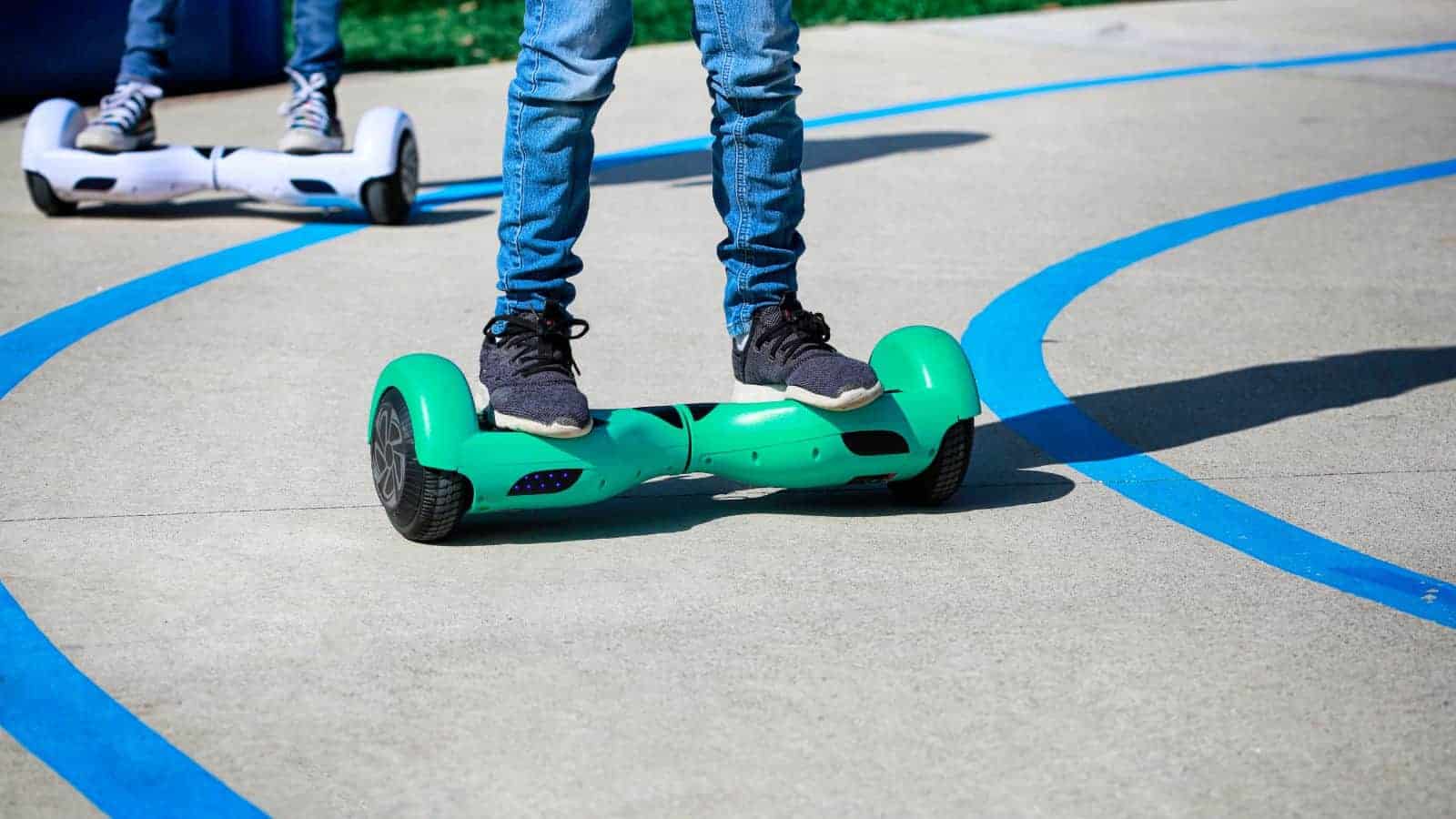
Let’s take a moment to appreciate the creativity of the 1920s, as they imagined hoverboards decades before they became a pop culture staple. People envisioned individuals effortlessly gliding through cities on levitating platforms.
The closest we’ve come are magnetic levitation prototypes that hover briefly under specific conditions.
Jetpacks for Everyone
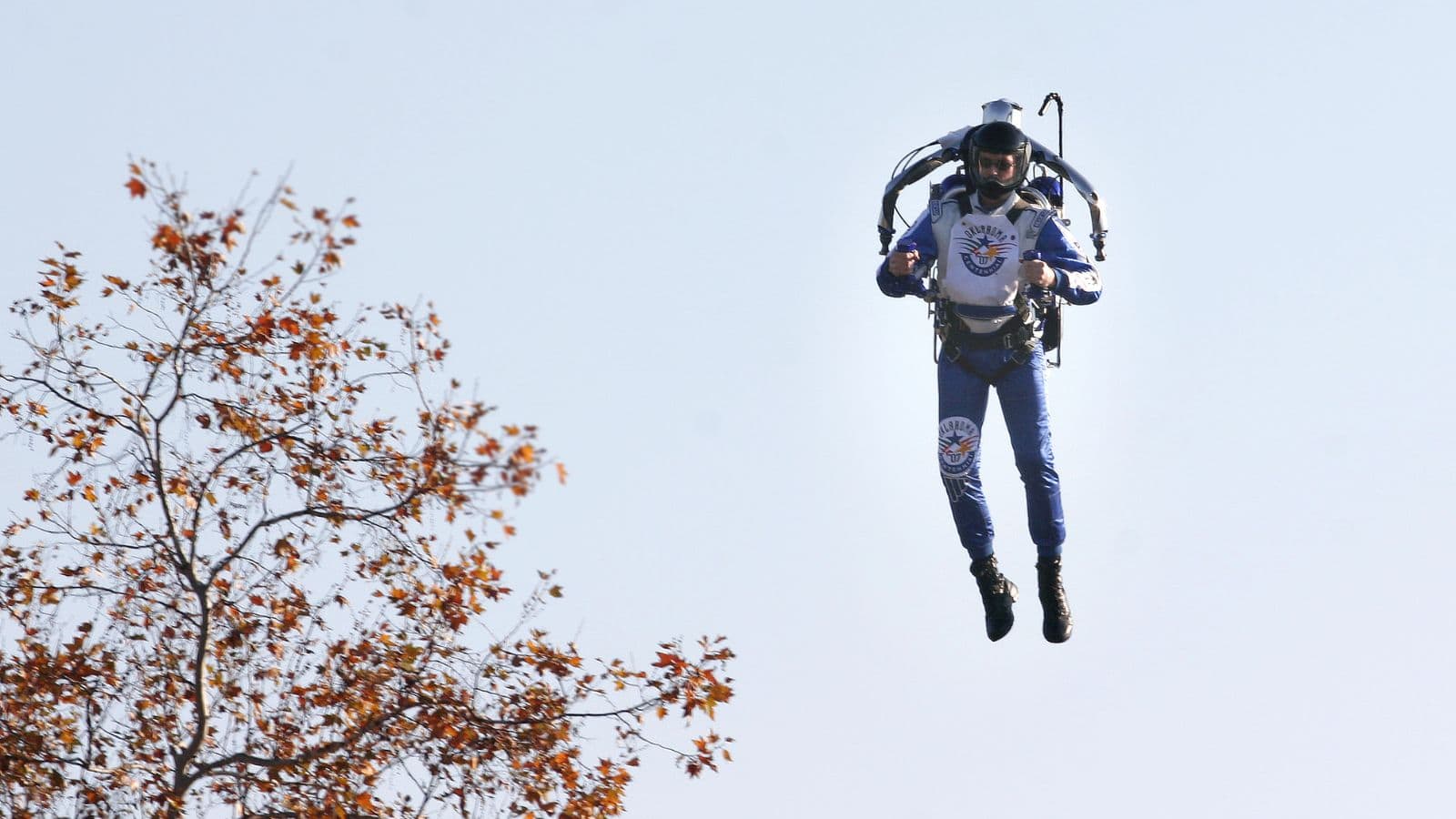
A fun idea was personal jetpacks and the 1920s were convinced that by 2025, they’d be a standard mode of transportation. People imagined soaring through the skies to work, school, or even just for leisure. While jetpacks do exist today, they remain experimental, expensive, and impractical for everyday use.
Machines That Think
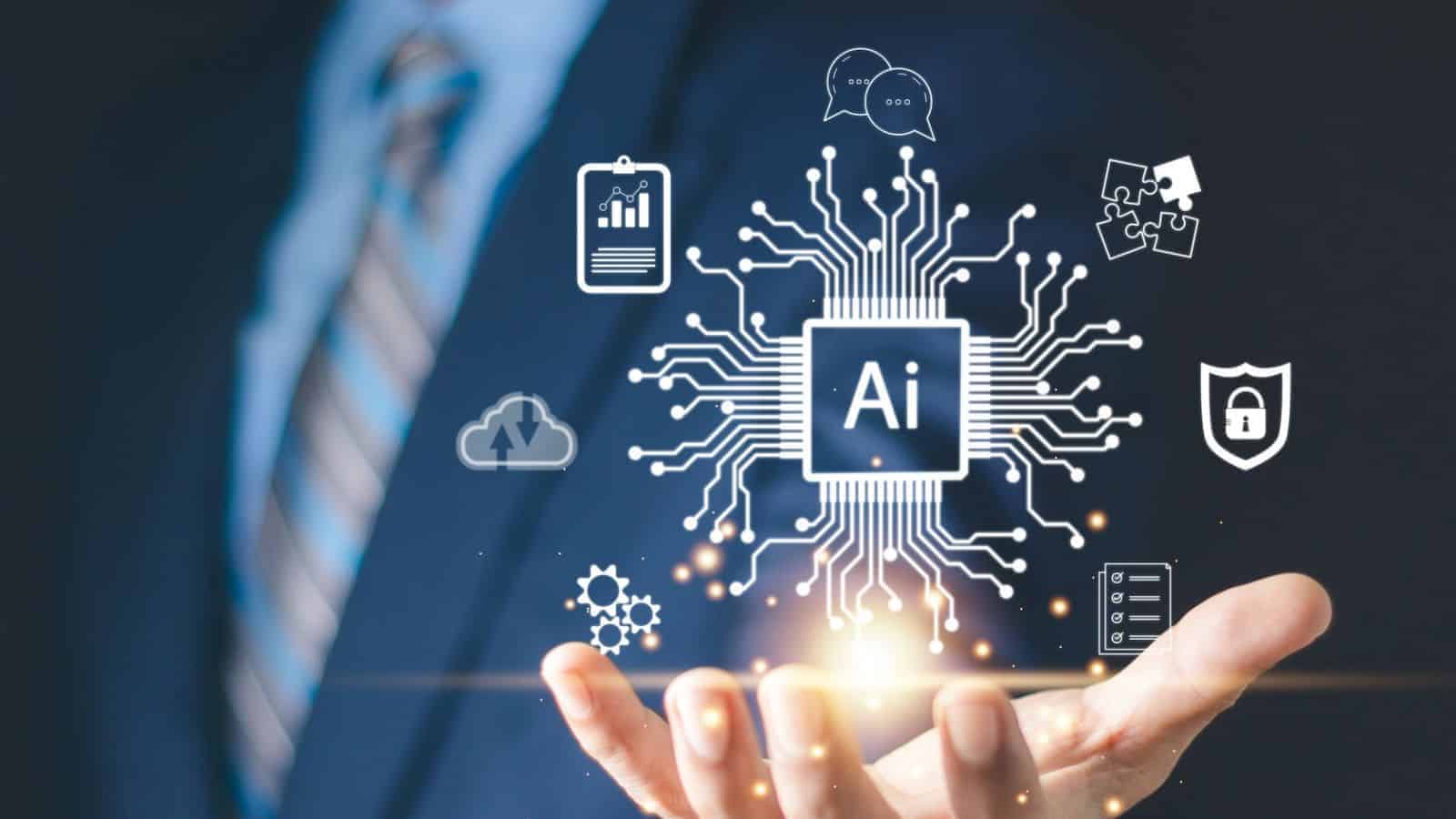
It’s fascinating to think about how far we’ve come as people in the 1920s predicted machines that could think and make decisions independently. Today, AI has made huge strides, with tools like ChatGPT, autonomous vehicles, and machine learning algorithms performing tasks once thought impossible.
Undersea Highways
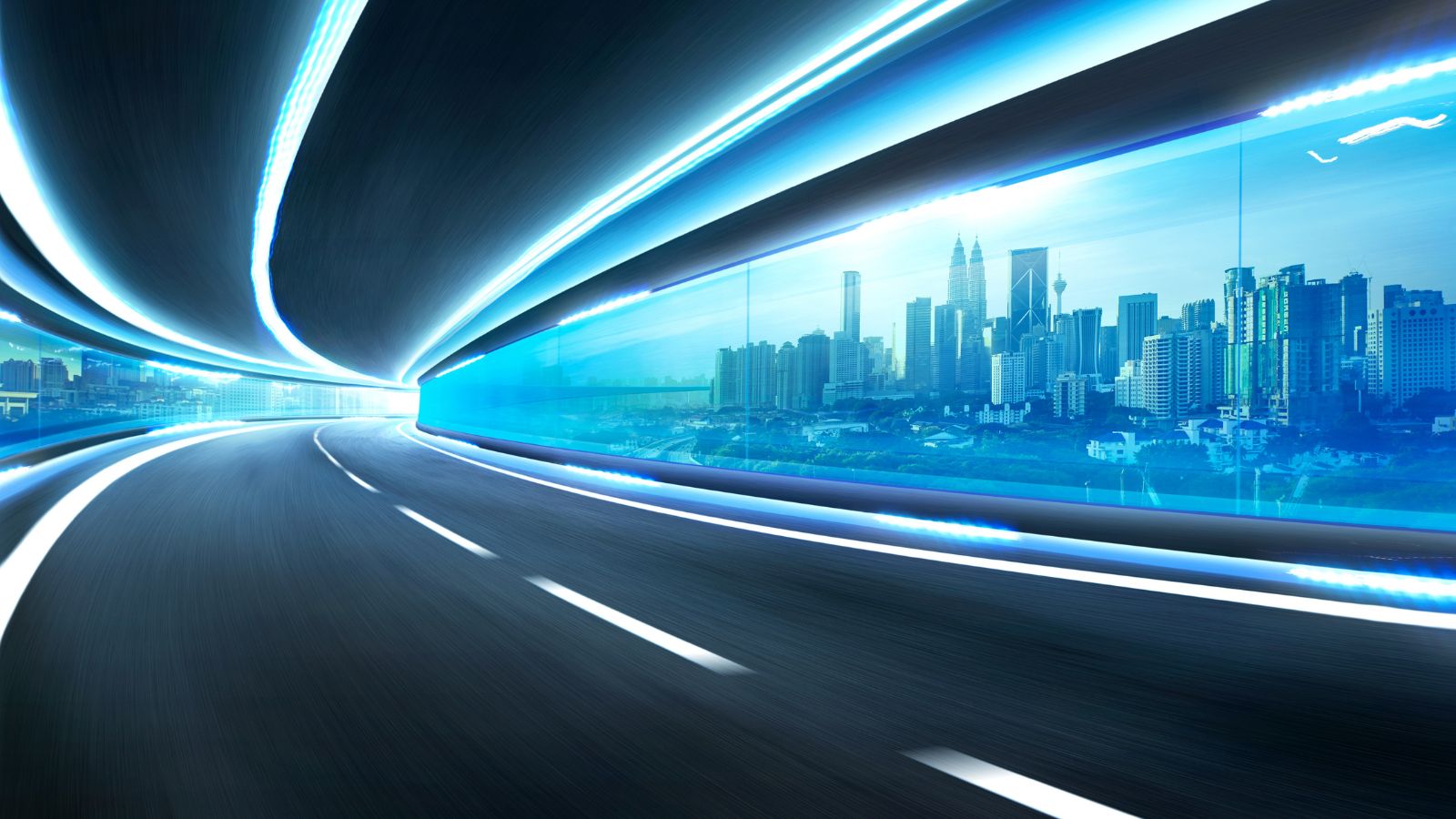
Another futuristic idea was undersea highways and in the 1920s, people imagined traveling beneath the ocean through vast glass tunnels that connected continents. These underwater highways were seen as a futuristic marvel, combining engineering brilliance with the thrill of underwater exploration. Underwater rail tunnels like the Channel Tunnel between England and France reflect a scaled-down version of the concept.
Automated Farming
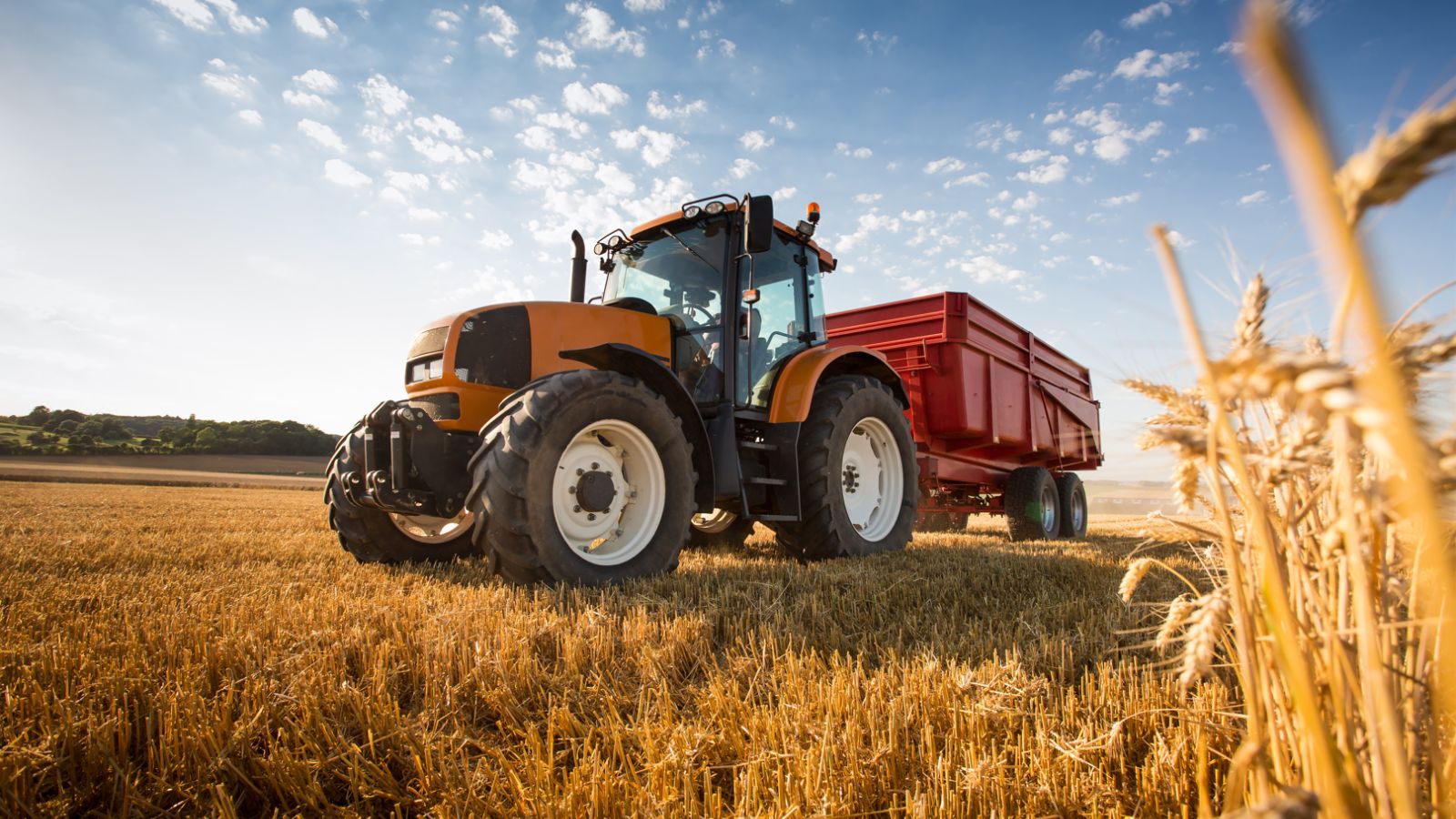
One idea that’s close to reality is automated farming. The 1920s saw the potential for agriculture to become fully mechanized by 2025 and people envisioned robots planting, harvesting, and managing crops with minimal human intervention.
Technologies like drones, robotic harvesters, and precision farming tools have revolutionized the farming industry. These advancements make farming more efficient and sustainable, proving that the 1920s vision wasn’t far off.
Personal Airships
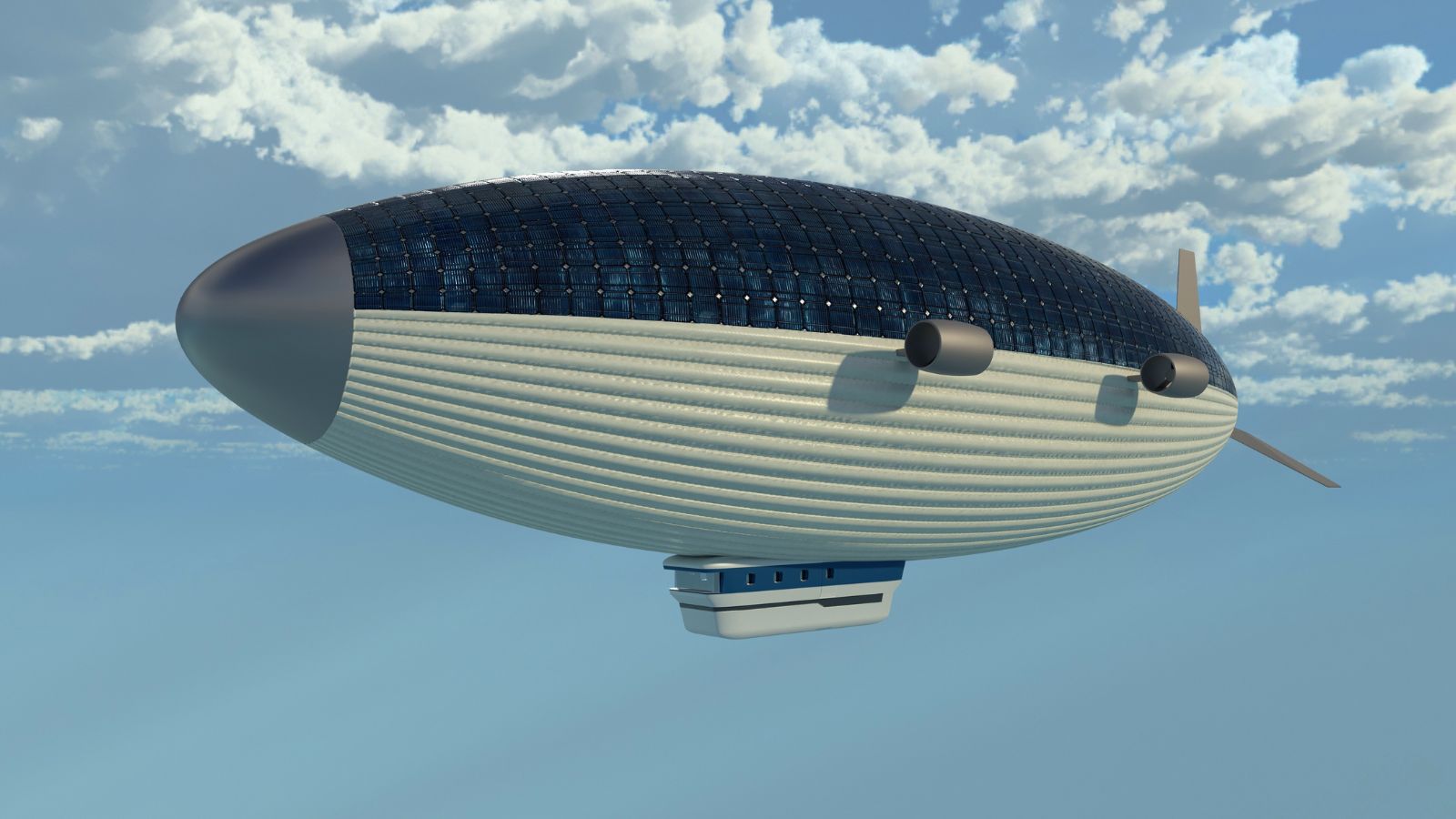
It’s hard not to marvel at this idea, but in the 1920s, people believed personal airships would replace cars by 2025. These small, leisurely blimps would allow individuals to float through the skies, enjoying scenic views without the rush of modern transportation.
Extended Lifespans

The 1920s were incredibly optimistic about medical advancements, predicting that humans would live far beyond 100 years by 2025. They imagined breakthroughs that could cure major diseases and even halt the aging process. While we haven’t conquered aging, modern medicine has significantly extended lifespans and improved the quality of life.
Floating Restaurants and Resorts

Something that’s become a reality was floating restaurants and resorts. People in the 1920s envisioned luxury dining and vacation experiences on massive floating platforms, complete with entertainment, gourmet meals, and stunning views.
The Intercontinental Maldives brings this vision to life in a modern way and the 1920s dream of combining leisure with futuristic engineering lives on.
